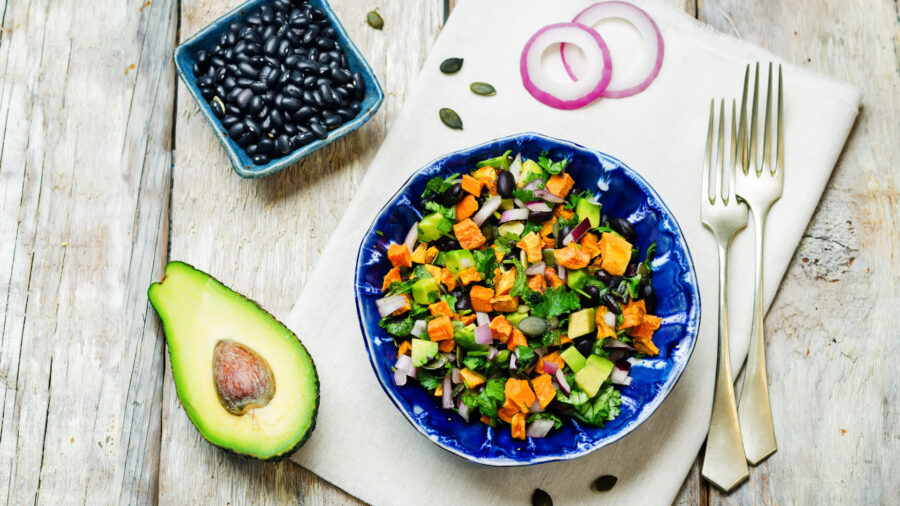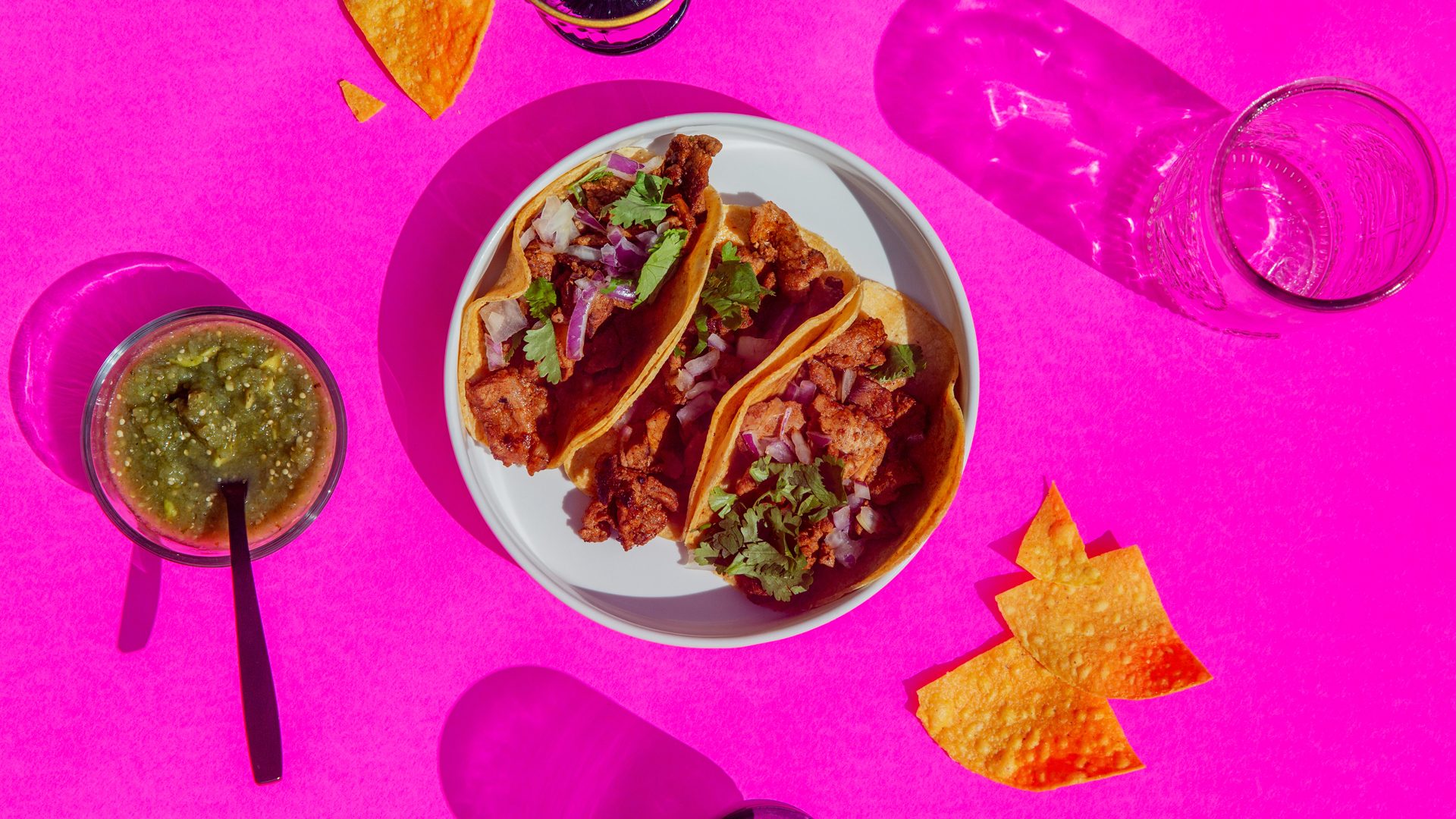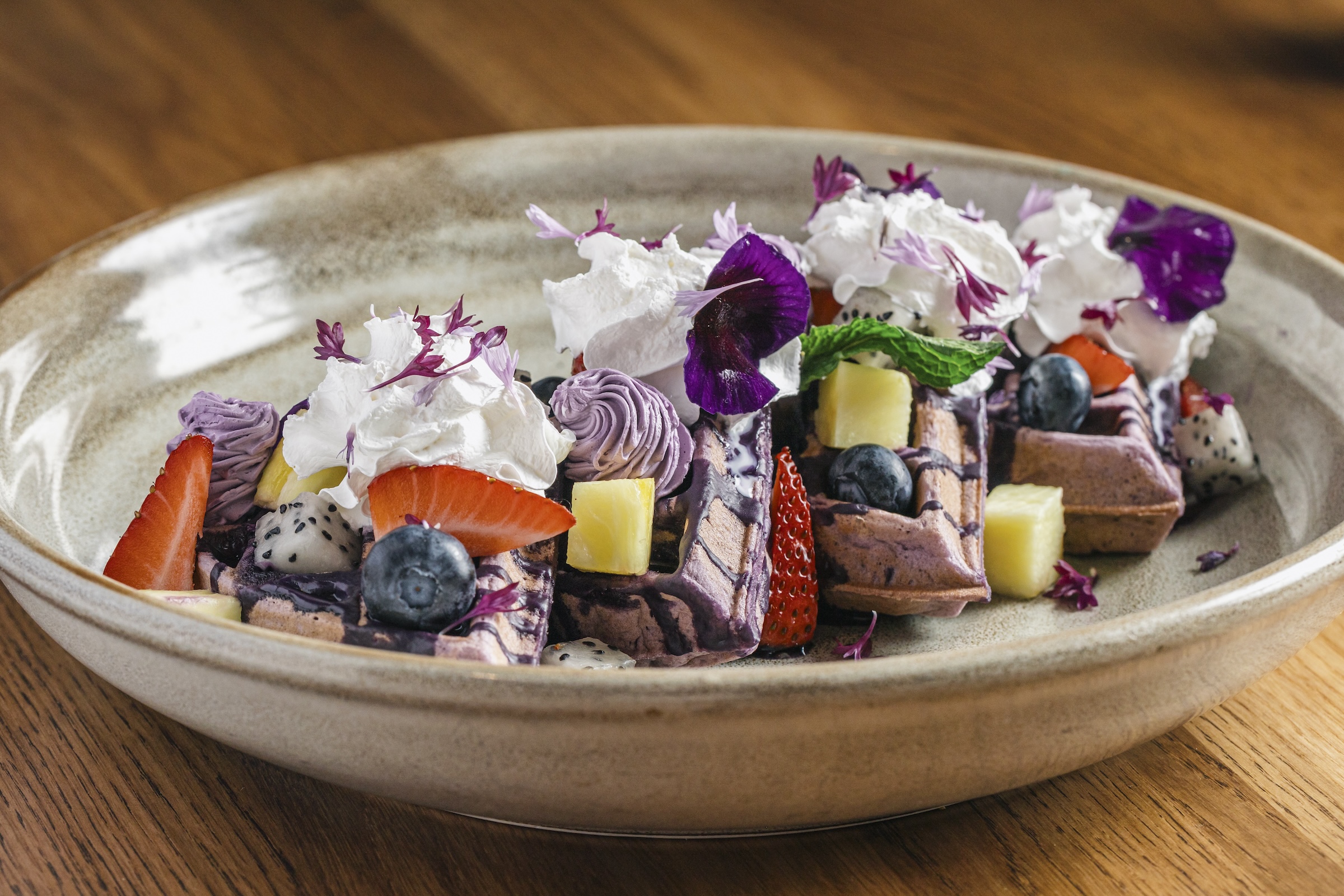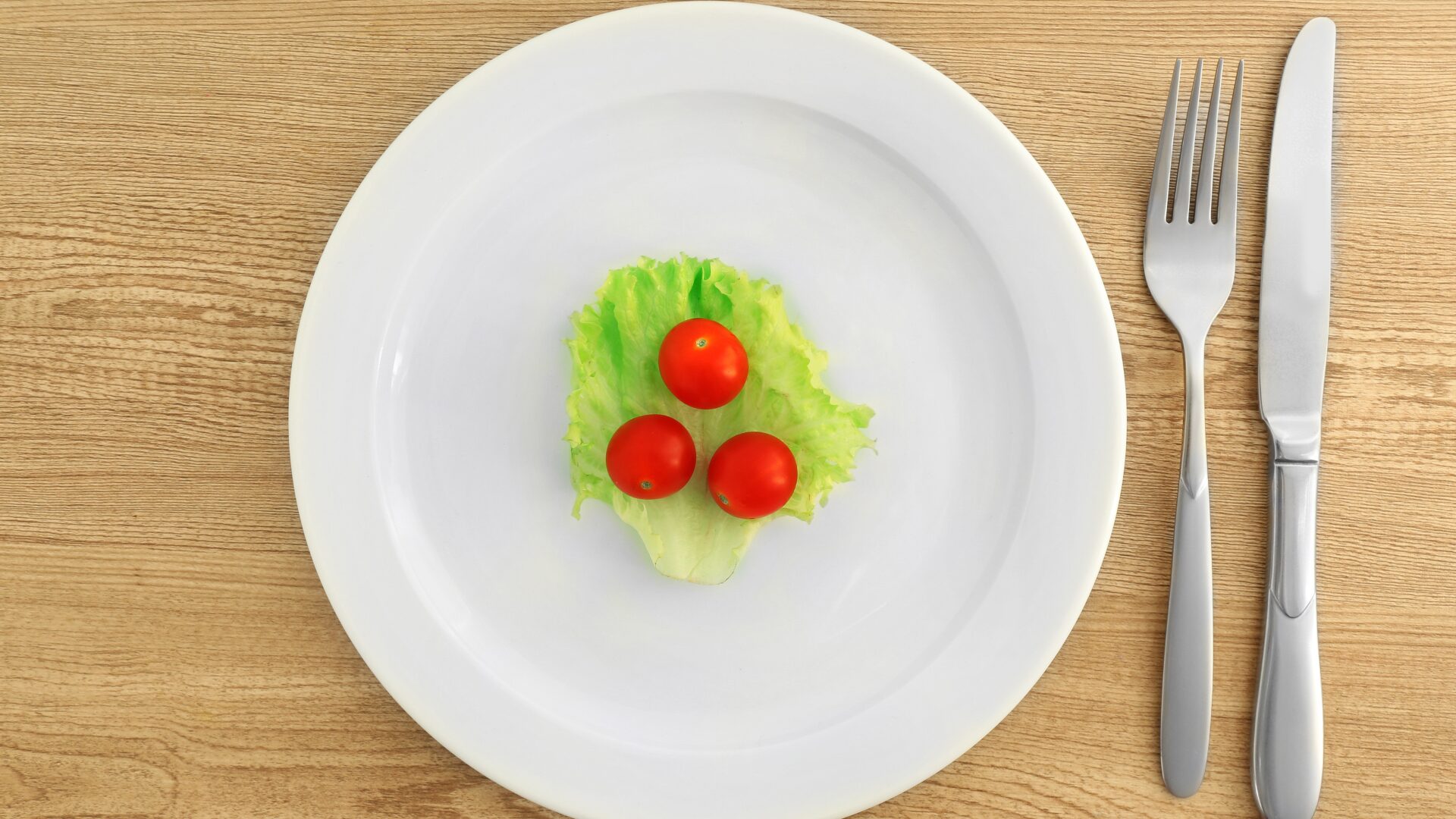The Blue Zone Diet has become part of the national lexicon of late. So, what exactly is this new craze? The Food Institute recently spoke with industry experts about how food manufacturers and restaurateurs can take advantage of the trendy diet.
What exactly is “The Blue Zone”?
Blue Zones refer to areas around the globe where residents tend to live longer and healthier lives than others, as noted by Fortune Well. The Blue Zone Diet takes notes from the residents of blue zones, like those in Nicoya, Costa Rica, a peninsula in Central America.
What does the diet consist of?
The diet is quite simple and easy to follow. It consists of three main components: beans, squash and corn. The people of Nicoya call these components the “three sisters.”
Why are the ‘three sisters’ beneficial?
Beans, squash and corn are excellent sources of protein that are easily sourced. Contrary to the typical Western diet, which has meat as the primary source of protein, a Blue Zone diet offers protein at a low cost and without the cholesterol and saturated fat of red meat.
Why is The Blue Zone diet gaining in popularity?
Sheri Berger, a registered dietician nutritionist and certified diabetes care and education specialist, shared her insights with The Food institute.
“Costa Rican and other Hispanic cultures deliciously and effortlessly incorporate beans and legumes into plant-based meals,” Berger said.
“With the increasing popularity of eating plant-based, the Costa Rican Blue Zone Diet is a tasty way to eat.”
Cooking with Blue Zone principals
In Nicoya, people make tortillas by soaking corn kernels in wood ash, according to Fortune Well. An easier route is adding corn to your salsa and salads. Beans are easily accessible and can easily be ingested by themselves or added to a variety of different foods. Squash comes in many varieties and can be roasted or filled with other vegetables and grains.
How food companies can take advantage
According to Berger, restaurants and food manufacturers can thrive on the Costa Rican Blue Zone trend by offering foods such as gallo pinto (red or black beans and rice), sopa negra (black bean soup), smashed plantains, vegetarian casado (beans, rice, salad, and plantains), or vegetarian pupusas (corn tortillas filled with beans, cheese, and tomato sauce).










